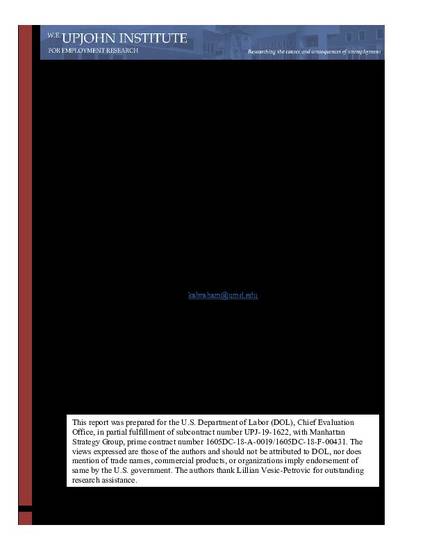
The Contingent Worker Supplement (CWS) to the Current Population Survey—administered six times between 1995 and 2017—is uniquely valuable in providing detailed information on a consistent set of work arrangements in a large, nationally representative survey. Drawing on data from all six CWS waves, we provide an in-depth picture of the nature of contingent and alternative work and whether and how employment arrangements are changing in the United States. We exploit questions in the CWS to distinguish between three types of self-employment, including two types of independent contractors. We also link data on individuals in the CWS to their data in the CPS from the prior and the subsequent month to better understand transitions into and out of contingent and alternative work arrangements. Our analyses reveal considerable heterogeneity in the characteristics of workers in various work arrangements and indicators of the quality of those jobs, including across types of self-employment. Although the CWS shows no overall trend increase in any contingent or alternative work arrangement, our detailed analyses reveal some interesting subgroup trends within certain arrangements. Additionally, we show that individuals who have lost their jobs, are unemployed, or are out of the workforce but want employment commonly end up in contingent and alternative work arrangements. We find, however, that dissatisfaction with alternative work arrangements is relatively high and subsequent employment rates are relatively low, particularly among those who had transitioned to contingent, temporary help, day laborer, and on-call jobs. This descriptive evidence raises concerns about their use as stepping stones to regular employment, and the issue warrants further study.
